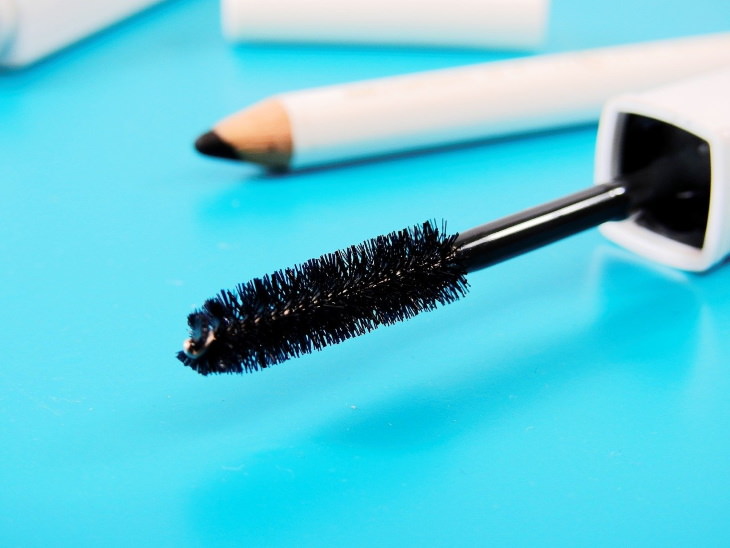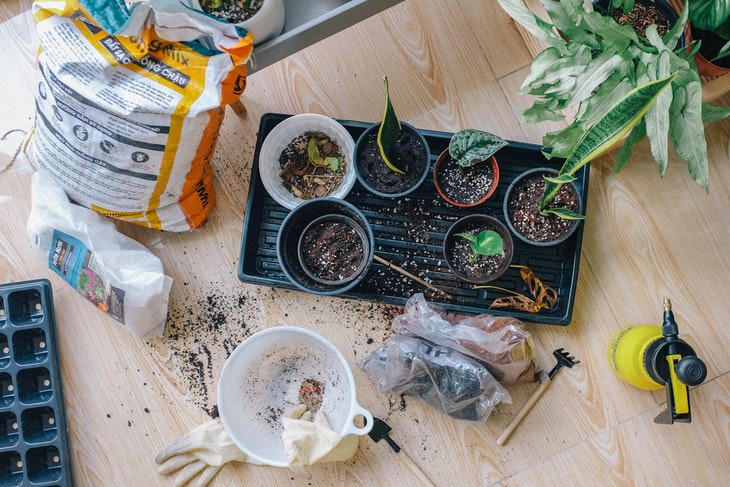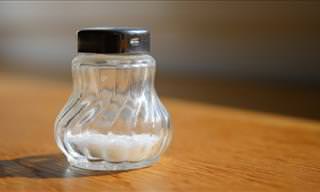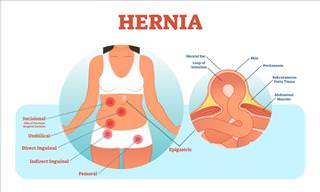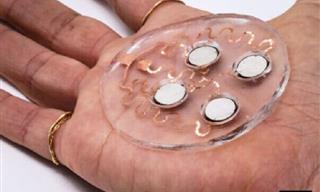What are “forever chemicals,” or PFAS?
PFAS is the acronym for "polyfluoroalkyl substances," which is a group of 5,000-7,000 artificial substances known for their chemical stability. PFAS don’t break down in contact with oil, water, and heat, which is why so many industries use these chemicals to add stain-resistant, water-resistant, and non-stick coatings to their products. But this stability is also a major bane for living creatures because these materials don’t break down in the environment and end up in the drinking water.
PFAS can cause an abundance of serious health problems in humans, such as cancer, hormonal and reproductive issues, liver and kidney conditions, and immune deficiencies. Read more about these chemicals here - How Hazardous 'Forever Chemicals' Get In Food and Drinking Water.
Unfortunately, many household items, clothing, and self-care items can contain PFAS, which can leech out of these items and be absorbed into the body. Here are 7 places in your home you can expect to find these hazardous “forever chemicals.”
1. Nonstick cookware
At first glance, nonstick pots and pans, panini presses, and cookie sheets seem like a godsend. But the ease of use of these items may come with unpleasant surprises. PFOA (or as most of us know it - Teflon) was the most common nonstick coating for cookware for decades until it was found that it raises the risk of certain cancers, weakens the immune system, and results in low birth weight.
Teflon is no longer produced, but there are thousands of new PFAS used in its place. Some of those new alternatives have already been found to pose similar health hazards.
Overheating nonstick cookware to a temperature above 570°F (300°C) releases PFAS particles into the air. Inhaling these particles causes polymer fume fever, or "Teflon flu," a condition that manifests itself through fever, weakness, shivering, and a sore throat.
2. Oil-resistant takeout containers and food packaging
As if many restaurant takeouts and fast food weren’t unhealthy as they are, research from 2020 showed that grease-resistant packaging used at popular fast-food chains like Wendy's, McDonald's, and Burger King also contain PFAS.
Similar concerns have popped up across the globe regarding disposable food packaging and tableware containing forever chemicals. Anything from microwave popcorn to parchment paper to salami was found to contain traces of PFAS. Reduce the amount of these toxic chemicals in your food by reheating foods on your own plates instead of the PFAS packaging they came in.
3. Stain-proof furniture and carpeting
Be wary of the new trend of stain-resistant carpets and upholstery. The sellers are probably not lying to you - the new rug or couch you bought may very well be super easy to clean - but the price of a clean home may be your health. According to the CDC, fabric coatings that promise to turn your textiles stainproof are often laden with PFAS.
These forever chemicals chip off over time and become part of the house dust you clean, touch, and inhale. Regular cleaning with a damp cloth and preventing pets and kids from chewing on these stainproof textiles will reduce your and your family’s exposure to PFAS.
4. Waterproof outerwear and shoes
Water-repellent raincoats, hats, pants, and shoes are often covered by a PFAS coating too. Gore-Tex is famous for producing waterproof camping gear and outerwear, for example, and their fabrics are still using PFAS. Luckily, many clothing brands are producing PFAS-free rainwear and camping gear these days, which is beneficial both for your health and the environment.
5. Cosmetics
A recent study tested 231 various makeup products, including mascaras, lipsticks, and foundations, and found that more than half of the products contained forever chemicals. Those makeup products that were marketed as waterproof and long-wearing wore more likely to contain PFAS. For example, over 75% of waterproof mascaras tested had indicators of PFAS.
Even more alarmingly, the vast majority of products were not labeled to contain PFAS, which means that companies were keeping consumers completely in the dark about the dangerous substances in their products.
6. Fertilizers
Yes, it’s true, even garden fertilizers are known to contain PFAS. Those who grow plants for food should be especially careful about the type of fertilizer they use in plants, as the forever chemicals can leech into fruits and vegetables. But how does PFAS get into home fertilizers?
Researchers are sure that the chemicals can pile up in the sewers. And since sewage sludge is often the basis for so-called “eco” or “organic” fertilizers, it’s not surprising that a toxicology report from Maine that tested 9 common fertilizers from stores like Lowe's, Home Depot, and Ace, found that eight of them had high amounts of PFAS.
To prevent exposure to PFAS through fertilizers, avoid products that contain the following ingredients: biosolids, residuals, and municipal waste.
7. Paint and varnish
Last but not least, PFAS are used in abundance in building supplies. The stain- and water resistance of these materials makes them very useful, but this utility comes at the high (and often hidden) cost of one’s wellbeing. Waterproof and washable paint, floor and furniture varnishes, caulking, adhesives, and countless other materials used in construction contain PFAS to improve their spreadability, finish, and longevity.
This is why every construction project should be conducted using proper protective gear, such as gloves and respirators. It’s also the reason why you should clean the home thoroughly to prevent inhaling dust particles contaminated with PFAS.
Share this important information with others!
 Go to BabaMail
Go to BabaMail






